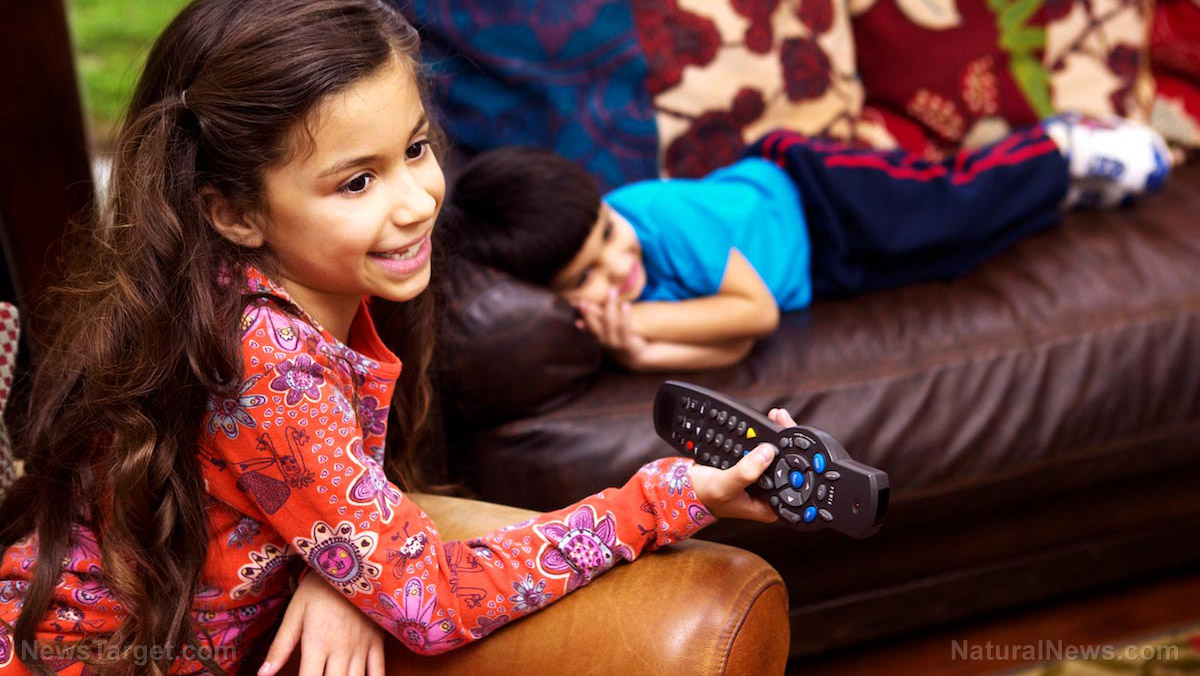
Melatonin is a hormone essential for healthy circadian rhythms and good sleep; the suppression of melatonin is a sign of disruption of the circadian rhythm.
In the study, 10 children, who were between three to five years old, were exposed to bright light (~1000 lux from a lightbox) for one hour before their scheduled bedtime, which is around 8 p.m. Within 10 minutes of exposure, the body stopped producing melatonin. This melatonin suppression went on for another hour after the bright light was turned off at 8 p.m. In turn, this could result in poor sleep quality, and may also cause other serious problems in the longer term.
The study was based on an earlier study of children and teenagers aged nine to 16 conducted in 2015. The 2015 study, which was published in the The Journal of Clinical Endocrinology & Metabolism, reported that younger children are more sensitive to light than older children. It used various evening light levels in a laboratory setting that ranged from dim to moderate, to bright and exhibited a dose response. All light levels suppressed melatonin – the suppression increased as the brightness of the light increased, but less so in older kids.
Although the researchers used fluorescent room lights in their research, they suggested that because the use of smartphones in children is now common, their circadian rhythm can also be affected by smartphone use as the children are exposed to bright light close to their face.
Too much light in the evening could result in adverse effects on children due to the disruption of the circadian rhythm, which is caused by exposure to lights.
More reasons to prevent your kids from watching TV or using their electronic devices before bedtime
Blue light, which is emitted from television and other electronic gadgets, helps keep you awake during the day, and it is the exact same thing that keeps you awake at night. Blue light can also potentially cause diseases. Researchers have associated poor sleep to a greater risk of depression, diabetes, and cardiovascular problems. (Related: Poor sleep increases insulin resistance, diabetes and heart disease risk in teens.)
Several studies have suggested a link between exposure to light at night to diseases, such as some forms of cancer, diabetes, heart disease, and obesity. Moreover, the suppression of melatonin secretion due to exposure to light at night.
A Harvard study aimed to provide more information on the potential association between light exposure at night and diabetes. For the study, the researchers put 10 people on a schedule that slowly changed the timing of their circadian rhythms. As a result, the participants' blood sugar levels increased, which put them in a prediabetic state. In addition, their levels of leptin, a hormone that makes people feel full after a meal, decreased.
Ways to protect your child from blue light at night
Here are some tips to protect your child from blue light at night:
Do not let them use their gadgets or watching TV one or two hours before bedtime. By doing this, the body can start producing more melatonin. If this is not possible, like when they are doing their homework on a computer, dimming the brightness of the screen may help. There are also apps that automatically warms up the colors on the screen, switching from blues to reds and yellows, at sunset.
Refrain from using blue bulbs in nightlight in bedrooms and bathrooms; use dim red lights instead because red light has a higher wavelength and does not hinder the release of melatonin.
Expose yourself and your child to a lot of bright light during the day. This will make it easier for you and your child to fall asleep at night. In addition, this will boost mood and alertness during daylight.
Read more news stories and studies on sleep and overall well-being by going to MindBodyScience.news.
Sources include:
Please contact us for more information.






















